By Susanne von Rosenberg, UC Master Gardener of Napa County
Can you believe it's already September and we're headed into fall gardening season? It's time to assess what you would like to grow this autumn.
Now is the right time to plant cool-season vegetables, fall annual flowers and—as soon as the rains start—California native plants It's also the moment to plant spring-flowering bulbs.
I love bulbs because they are so easy to care for and add such beauty and joy to my garden. Bulbs to plant now include daffodils, crocus, many types of lilies, bearded iris and tulips. Plant freesia, canna, begonias, gladiolus, crocosmia and dahlias in late winter and early spring for summer bloom.
There are five major types of plants that we refer to as bulbs: true bulbs, corms, tubers, rhizomes and tuberous roots. Bulbs store food (in the form of carbohydrates) to support growth and flowering for the next growth cycle. Most are perennials, although some, such as hyacinths, can be short-lived. Bulbs initially produce leaves, followed by flowers. Bulbs need only a light application of fertilizer after the leaves emerge.
After flowering and the growing season end, bulbs typically go dormant and the plant dies down to the ground. For bulbs that flower in spring, the growing season lasts until late spring or early summer.To ensure that your bulbs continue flowering year after year, keep the leaves until they naturally die back or turn yellow. You can cut back dead flower stalks at the base at any time. After the plant flowers, its leaves continue to produce carbohydrates to store in the bulb.
Water as needed to keep the leaves alive for the rest of their growing season. (Too much water may cause the bulbs to mildew or rot.) After you remove the leaves, you can dig up the bulbs and store them in a cool, dark, dry place, or you can leave them in the ground. Some bulbs need to be divided regularly to keep flowering well. If you leave bulbs in the ground and they are not performing well, consider digging them up and dividing them.
Daffodils, tulips, lilies, amaryllis and hyacinths are all true bulbs. True bulbs are composed of a series of leaves modified for food storage. Onions and garlic are also bulbs; when you cut through an onion, the rings you see are the leaves. Garlic and lilies form a looser bulb. All true bulbs root from the bottom. If you're not quite sure which side is the bottom, plant the bulb sideways.
Corms are another common type of bulb. Instead of modified leaves, corms are modified stems. The bottom of a corm is actually the base of a stem. Corms are easy to confuse with true bulbs because they look a lot like them. To know whether you're looking at a true bulb or a corm, cut the bulb in half to view its internal structure. If it's solid, it's a corm. If you see rings, it's a true bulb.
Freesias, crocus, gladiolas, watsonia and my favorite, crocosmia, are corms, as are water chestnuts. Some corms, like freesias and watsonia, have a kind of furry covering. Buds are located on the tops of the corm, and roots and baby corms (cormels) grow from the bottom.
Tubers are also underground stems. They differ from corms in that they are not the base of the stem. Common flowering tubers include anemones, begonia and cyclamen. Tubers have nodes (on potatoes, we call them eyes) that can appear anywhere on the tuber and sprout both new shoots and new roots. Other tubers you might be familiar with include yams, turmeric and ginger. Tubers can grow in any direction.
Rhizomes are elongated bulbs that are a type of underground stem. Unlike tubers, they only grow horizontally. Calla lilies, cannas and bearded iris are examples of rhizomes. (Dutch iris is a true bulb.) Leaves and buds grow only from the top of a rhizome, and roots grow only from the bottom. Rhizomes can sometimes emerge above the surface of the soil, and rhizomatous bulbs should generally be planted shallowly.
The last major type of bulb is a tuberous root. Tuberous bulbs are thickened roots that radiate from a central stem. Agapanthus, society garlic, dahlias and day lilies have tuberous roots. The growth buds are at the base of old stems, not on the tuberous roots.
Different bulbs require different planting depths. Plant bearded iris just below the soil surface; plant tulips deeply, up to eight inches deep in loose soil. For recommended planting depth, consult your bulb source or a reputable online source. The Sacramento Master Gardener website has a great bulb-planting schedule that also provides information on planting depth and spacing.
Food Growing Forum: Napa CountyMaster Gardeners will present a discussion of “Culinary Herbs” on Sunday, September 12, from 3 p.m. to 4 p.m., via Zoom. Register here to receive the Zoom link.
Free Guided Tree Walk: Join Master Gardeners of Napa County for a tree walk in Fuller Park in Napa on Tuesday, September 14, from 10 a.m. to noon. Limited to 12 people per walk. COVID safety protocols will be followed. You will be asked health questions and asked to sign in. Face masks and social distancing are required. Register here.
Napa Library Talk: Napa County Master Gardeners will give a talk on “Replace Grass, Save Water and Get Cash” on Thursday, October 7, from 7 p.m. to 8 p.m. via Zoom. Learn how to replace your thirsty lawn without digging it up. Register here to receive the Zoom link.
Got Garden Questions? Contact our Help Desk. The team is working remotely so please submit your questions through our diagnosis form, sending any photos to mastergardeners@countyofnapa.org or leave a detailed message at 707- 253-4143. A Master Gardener will get back to you by phone or email.
For more information visit http://napamg.ucanr.edu or find us on Facebook or Instagram, UC Master Gardeners of Napa County.
Attached Images:
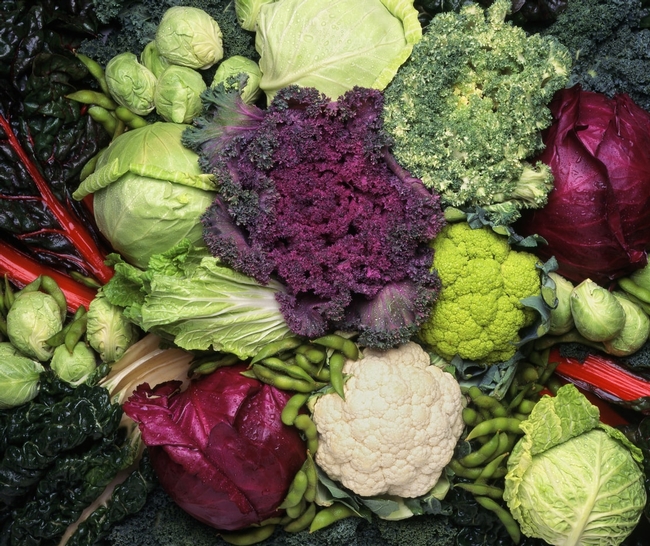
Cool season vegetables? (meadowsfarms.com)
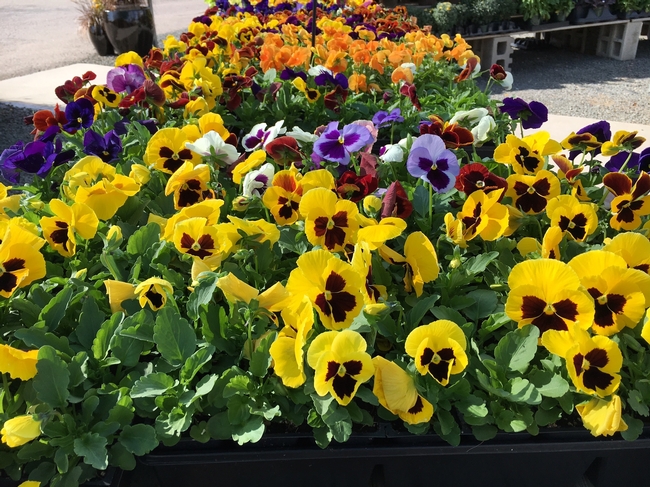
Fall annuals? (plantsbycreekside.com)

California Native Plants? (christineelder.com)
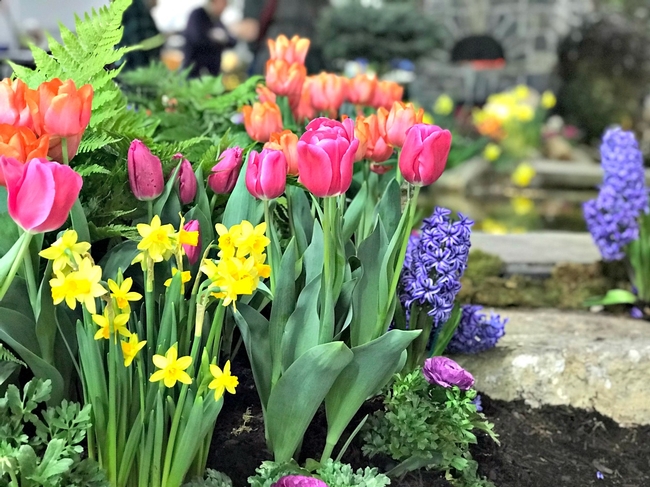
Let's make it spring-blossoming flowers! (turpinlandscapedesign.com)
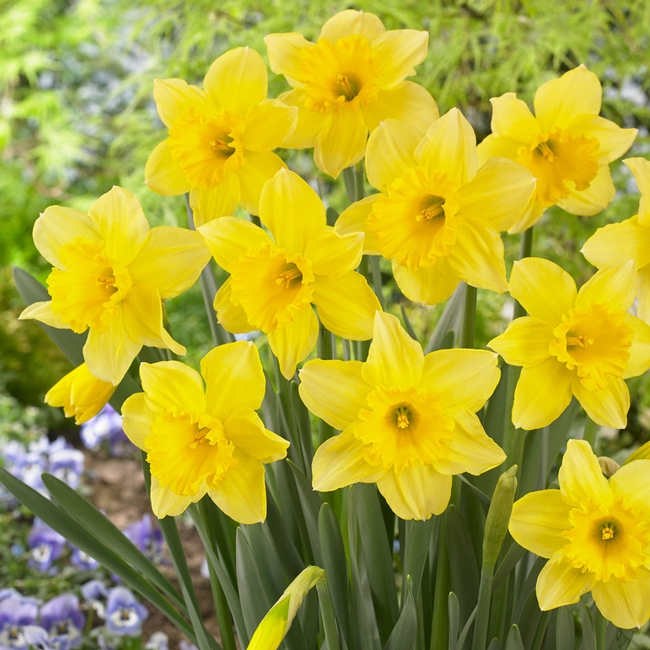
Daffodil. (jparkers.co.uk)
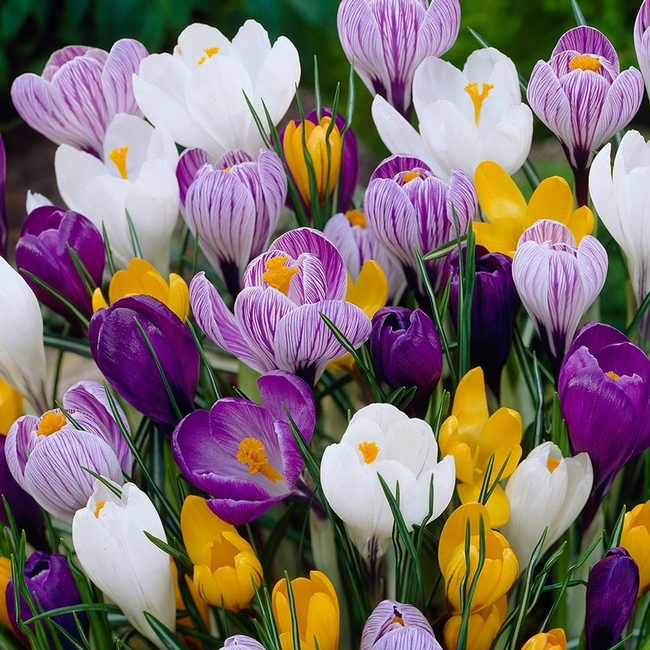
Crocus. (crocus.co.uk)
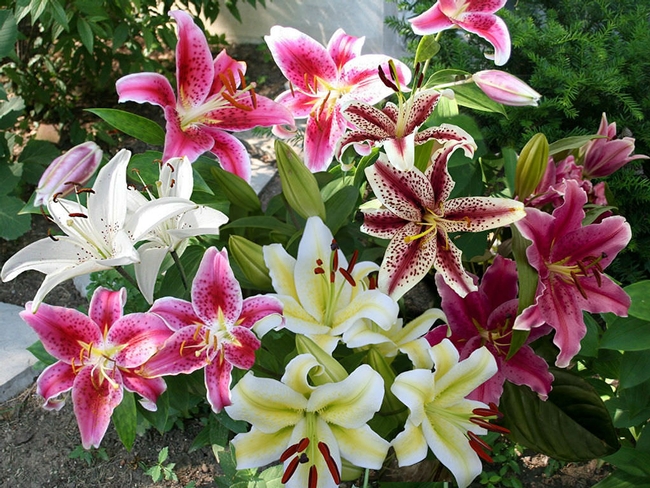
Lilies. (worldoffloweringplants.com)
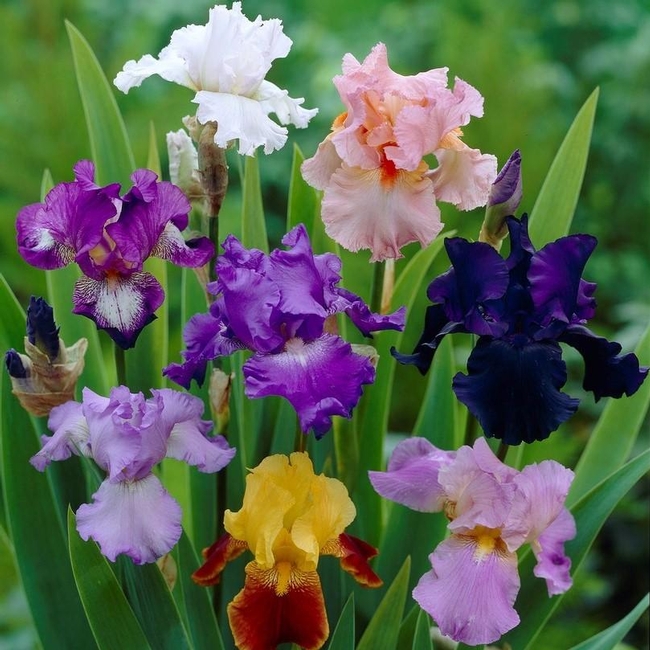
Bearded iris. (easytogrowbulbs.com)
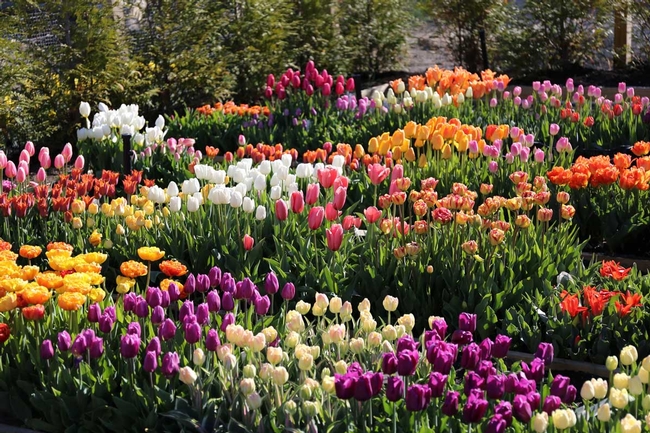
Tulip. (blog.longfield-gardens.com)
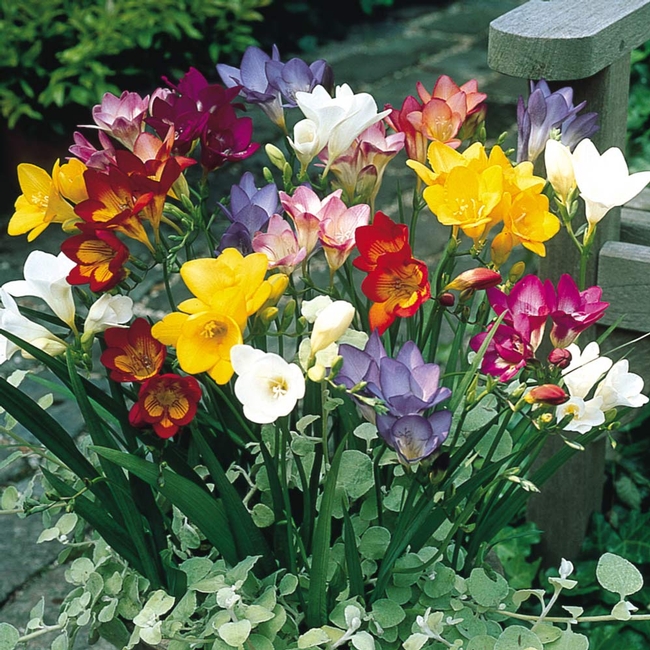
Freesia. (bagh.pk)
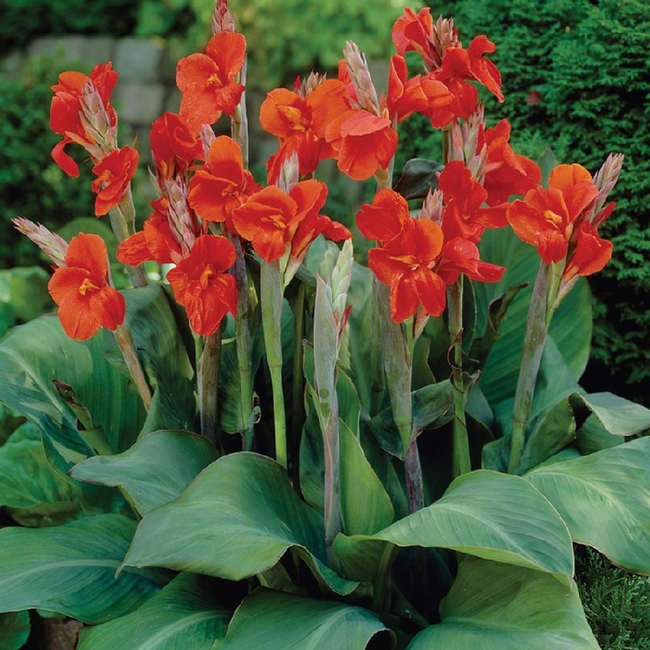
Canna lily. (edenbrothers.com)
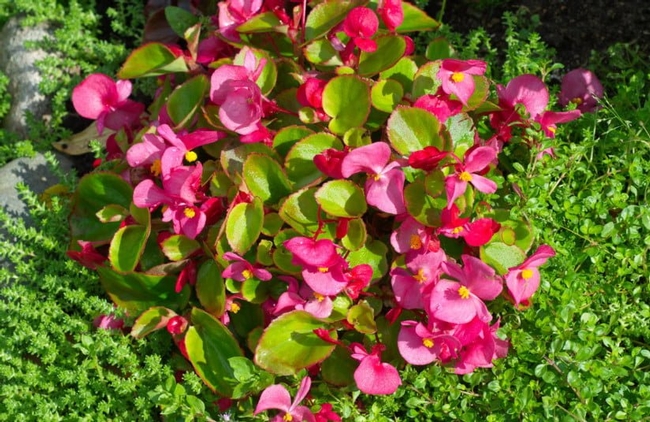
Begonia. (bestlandscapeideas.com)
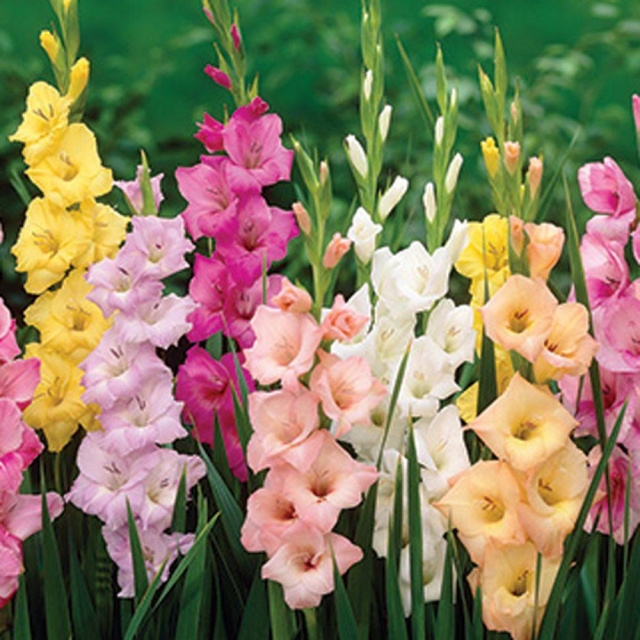
Gladiolus. (wholesaleflowerslasvegas.com)
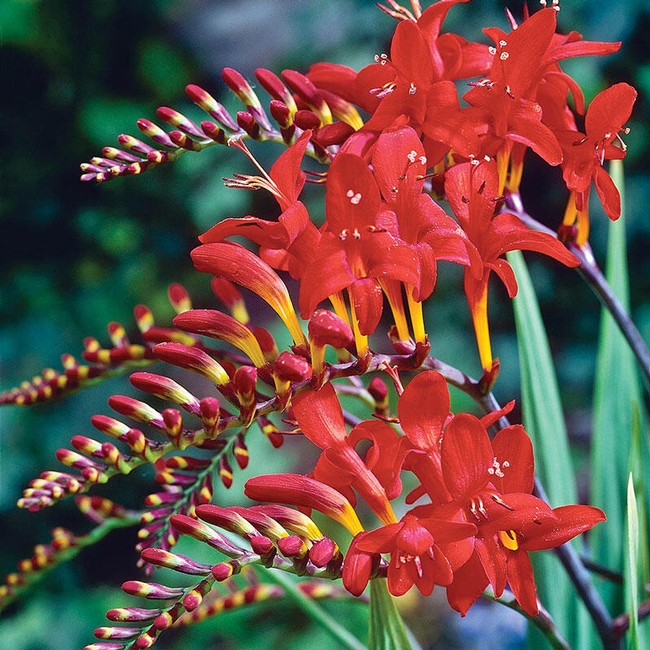
Crocosmia. (brecks.com)
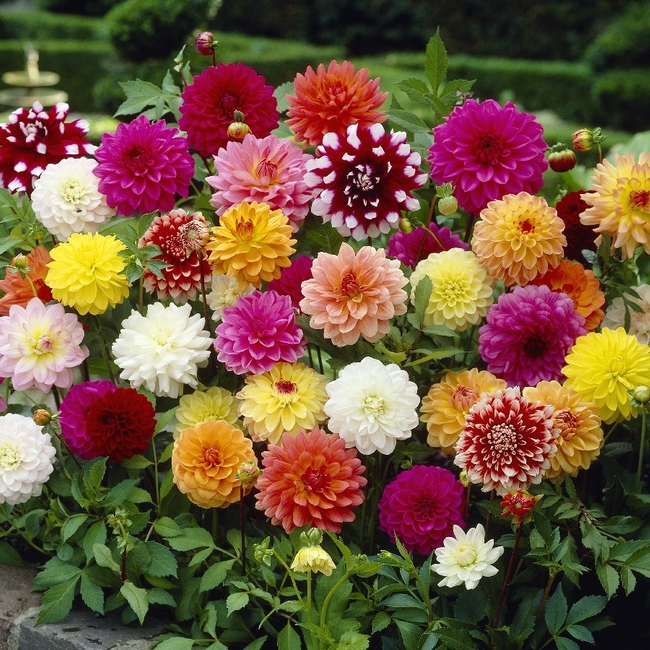
Dahlia. (edenbrothers.com)
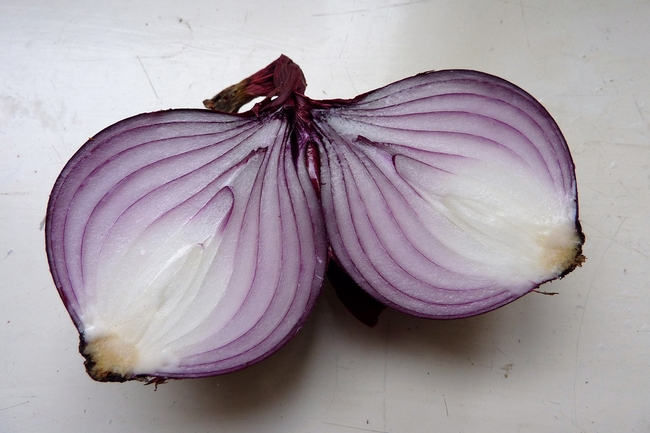
Cut onion--those layers are modified leaves. (indianapublicmedia.org)
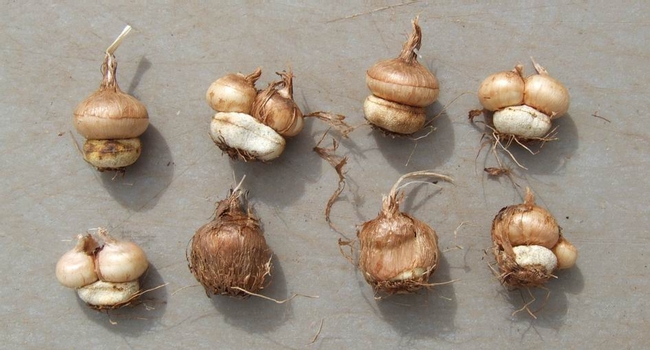
Corms, showing cormlets. (uncreatively.blogspot.com)
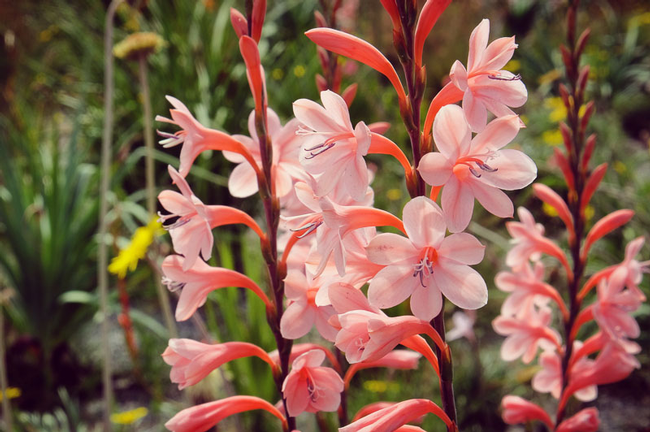
Watsonia, a corm. (pinterest.com)
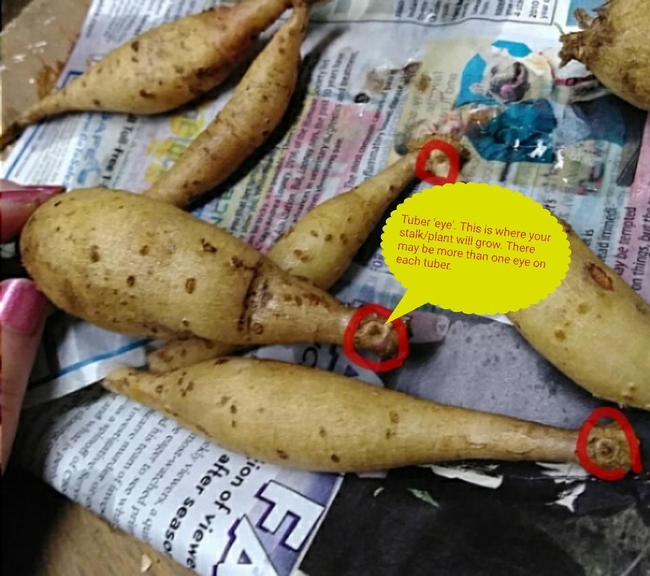
Dahlia tuber showing eyes. (lazydaydahlias.com)
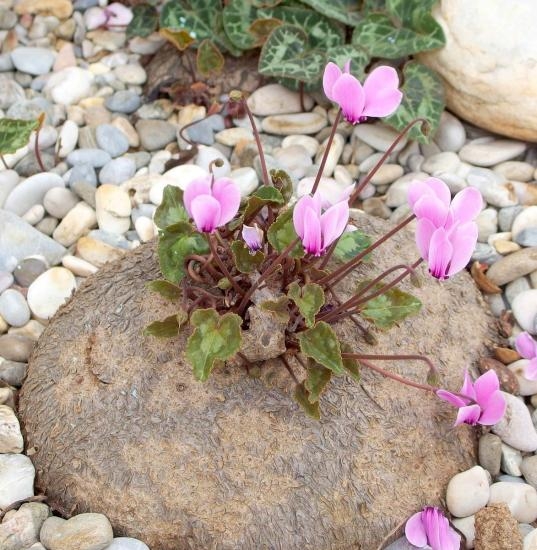
Cyclamen tuber. (pacificbulbsociety.org)
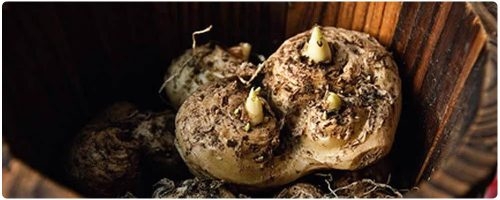
Calla lily rhizome. (citychickens.co.uk)
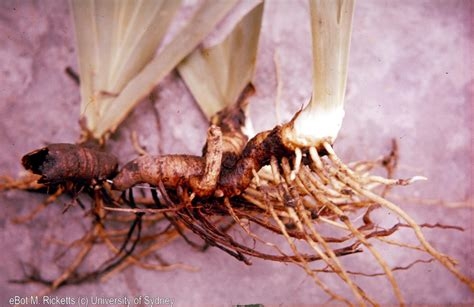
Agapanthus tuberous root. (digital.library.sydney.edu.au)
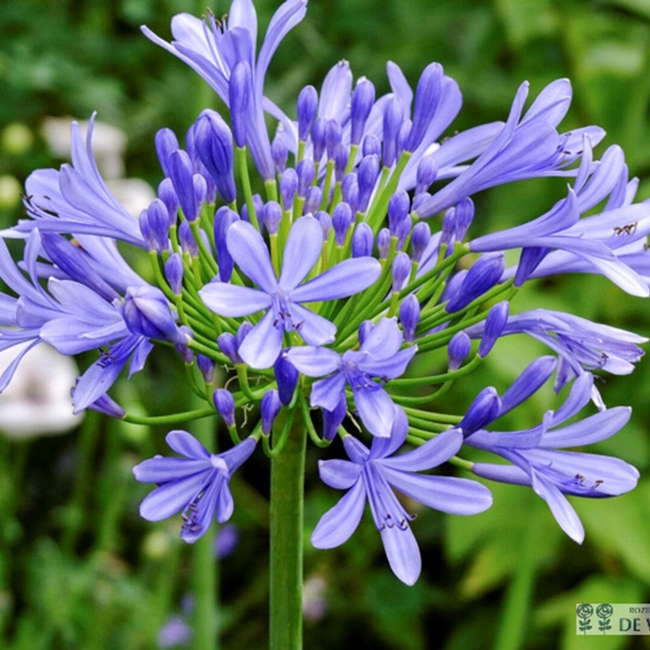
Agapanthus. (etsy.com,)
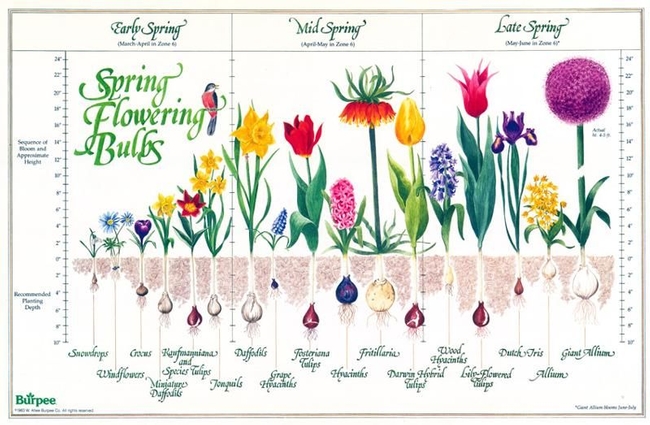
Have we made the case for spring flowering bulbs, corms, tubers, and rhizomes? (pinterest.ca)